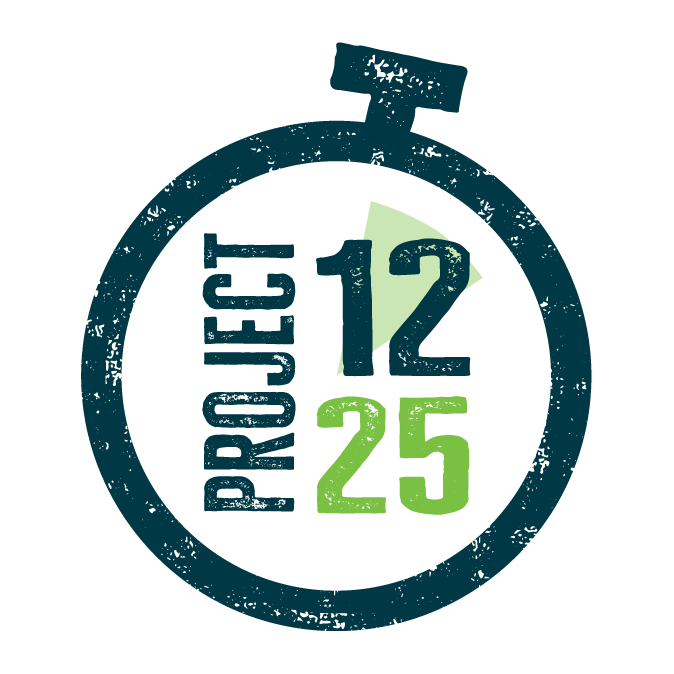Changes to the New Zealand Building Code (NZBC) for dealing with liquefaction-prone land come into effect 29 November 2021.
Liquefaction is a natural process where earthquake shaking increases the water pressure in the ground in some types of soil, leading to temporary loss of soil strength. It can cause significant damage to land, buildings, infrastructure and the environment, as well as economic and social disruption.
Invercargill City Council manager building and planning services Jonathan Shaw said after assessing earthquake risk the Ministry of Business, Innovation and Employment (MBIE) has divided New Zealand into three seismic risk areas – high, medium and low. Invercargill sits in a low seismic risk area.
“A preliminary geological assessment of Invercargill suggests areas could be susceptible to liquefaction given an earthquake of sufficient type and magnitude,” Mr Shaw said.
The changes are intended to result in more scrutiny being applied to establishing good ground rather than assuming ground is good, he said.
Council has commissioned Tonkin & Taylor Ltd to assess a liquefaction study of the city, with findings to be made available for guidance.
“The real win for everybody is that the work being undertaken by Tonkin & Taylor will provide clarity on the areas of Invercargill that may be prone to liquefaction and thus help target the areas where specialised foundations are required. Greater clarity should save money in the long run.”
Changes can be found on the building.govt.nz website, or people can contact Building Services on 03 2111777 or email building@icc.govt.nz.
Learn more:

